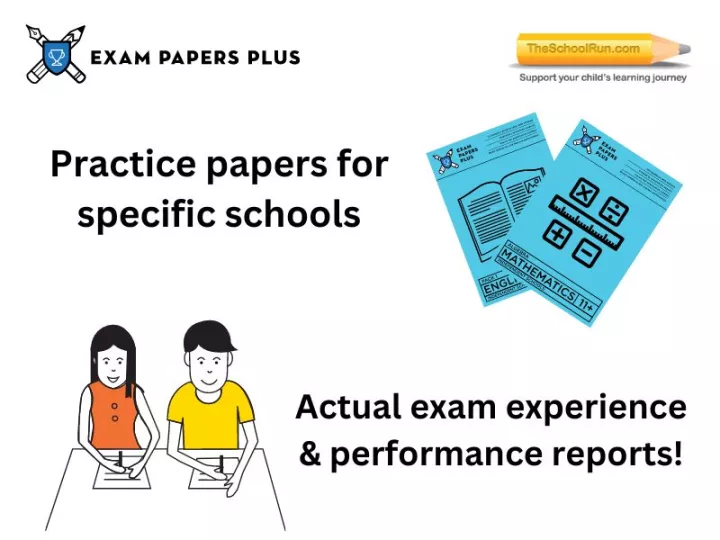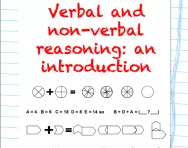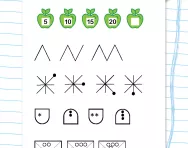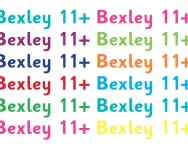Important update from TheSchoolRun
For the past 13 years, TheSchoolRun has been run by a small team of mums working from home, dedicated to providing quality educational resources to primary school parents. Unfortunately, rising supplier costs and falling revenue have made it impossible for us to continue operating, and we’ve had to make the difficult decision to close. The good news: We’ve arranged for another educational provider to take over many of our resources. These will be hosted on a new portal, where the content will be updated and expanded to support your child’s learning.
What this means for subscribers:
- Your subscription is still active, and for now, you can keep using the website as normal — just log in with your usual details to access all our articles and resources*.
- In a few months, all resources will move to the new portal. You’ll continue to have access there until your subscription ends. We’ll send you full details nearer the time.
- As a thank you for your support, we’ll also be sending you 16 primary school eBooks (worth £108.84) to download and keep.
A few changes to be aware of:
- The Learning Journey weekly email has ended, but your child’s plan will still be updated on your dashboard each Monday. Just log in to see the recommended worksheets.
- The 11+ weekly emails have now ended. We sent you all the remaining emails in the series at the end of March — please check your inbox (and spam folder) if you haven’t seen them. You can also follow the full programme here: 11+ Learning Journey.
If you have any questions, please contact us at [email protected]. Thank you for being part of our journey it’s been a privilege to support your family’s learning.
*If you need to reset your password, it will still work as usual. Please check your spam folder if the reset email doesn’t appear in your inbox.
11+: the Kent Test explained
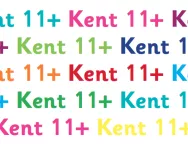
Which schools require an 11+ pass?
Children looking to move up to a grammar school in Kent are spoilt for choice. It's the biggest grammar school area in the country, with a massive 30+ wholly selective schools. These are:
- Barton Court Grammar School (Mixed)
- Borden Grammar School (Boys)
- Chatham & Clarendon Grammar School (Mixed)
- Cranbrook School (Mixed)
- Dane Court Grammar School (Mixed)
- Dartford Grammar School (Boys)
- Dartford Grammar School for Girls
- Dover Grammar School for Boys
- Dover Grammar School for Girls
- Gravesend Grammar School (Boys)
- Highsted Grammar School (Girls)
- Highworth Grammar School (Girls)
- Invicta Grammar School (Girls)
- Maidstone Grammar School (Mixed)
- Mayfield Grammar School (Girls)
- Oakwood Park Grammar School (Boys)
- Queen Elizabeth’s Grammar School (Mixed)
- Simon Langton Grammar School (Boys)
- Simon Langton Girls’ Grammar School
- Sir Roger Manwood’s School (Mixed)
- The Folkestone School for Girls
- The Harvey Grammar School (Boys)
- The Judd School (Boys)
- The Norton Knatchbull School (Boys)
- The Skinners’ School (Boys)
- Tonbridge Grammar School (Girls)
- Tunbridge Wells Girls’ Grammar School
- Tunbridge Wells Grammar School for Boys
- Weald of Kent Grammar School (Girls)
- Wilmington Grammar School for Boys
- Wilmington Grammar School for Girls

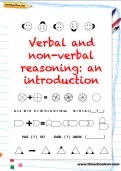
Prepare Your Child For The 11+ Exam
- Essential 11+ English and maths skills
- Verbal and non-verbal reasoning questions
- Reading comprehension & CLOZE test worksheets
What do the tests involve?
The Kent Test was revised and updated for the September 2014 tests and more emphasis was placed on English and maths skills rather than reasoning. The test is made up of two separate papers:
Paper 1
- One hour
- Multiple choice English and maths questions
- Each section comprises a five-minute practice exercise, followed by a 25-minute test
- The English section tests reading comprehension and literacy skills
Paper 2
- One hour
- Multiple choice, verbal and non-verbal reasoning
- The non-verbal reasoning section is split into four parts, administered and timed individually
Children also have to complete a 40-minute writing task, with 10 minutes of planning. This will only be marked in borderline cases, where it will be used along with your child's current schoolwork and information about their achievement to decide whether they are of grammar-school ability.
What version of the test is used?
To be considered for entrance to any of the 30+ grammar schools in the Kent County Council area, children have to take the Kent Test, which is written by GL Assessment especially for the area.
The test varies from year to year, with the aim of making it harder to predict what will be involved. This helps to make it a test of ability rather than preparation.
Previously, children who passed the Kent Test could also apply for grammar schools in the neighbouring borough of Bexley, and vice versa, but this is no longer the case, so if you want to apply to schools in both areas your child will have to take both tests.
Exam Papers Plus & TheSchoolRun.com
If you're looking for practice papers for your child's 11+, our partners at Exam Papers Plus have papers for specific schools, as well as courses and mock exams for each area.
And their Pretest Plus offers online tests and video courses to help your child succeed at CAT, ISEB PRETEST, CEM SELECT and UKISET examinations.
How do you arrange for your child to take the test?
You have to register your child to take the test by visiting www.kent.gov.uk. The closing date is usually the beginning of July, with the test in September. If you register online, your child's results will be sent by email rather than post, so you'll get them sooner.
If you move to Kent after the Kent Test has taken place and you’d like your child to attend one of the area's grammar schools, your child will still need to be assessed. This can be arranged through the grammar school you are applying for. Until the end of the first term in the school year, all grammar schools will use the Kent Test to admit new starters.
Where are the tests held?
Your child will take the test in Year 6 either at their own primary school or a designated test centre.
What is the pass mark?
The pass mark in Kent is different every year, depending on the range of children’s results. Marks are standardised (adjusted slightly to take account of your child's exact age on testing day).
In 2016, children needed to get a total score of at least 320, with no individual paper scoring less than 106, out of a maximum 423 to be eligible for a grammar school place. The lowest possible score on each test was 69 and the highest possible was 141. If your child achieves above the pass mark, their application will be considered by the grammar schools, but if the school is oversubscribed, they are not guaranteed to get a place.
How can I help prepare my child?
You can download a Kent Test familiarisation booklet to help prepare your child; this details the different parts of the test and gives advice on how to approach the types of questions asked. GL Assessment also publishes a range of revision titles, support books and practice papers; these are not specific to the Kent Test, but will give your child a good idea of the sort of questions they'll need to tackle.
Please note that while every effort has been made to ensure the information we provide about individual schools is accurate, admissions arrangements for Year 7 entry change regularly and it is essential to check on schools' own websites for the most up-to-date advice.
NB: TheSchoolRun receives a small commission from sales made through Exam Paper Plus.
